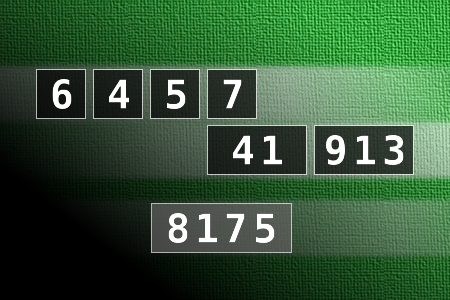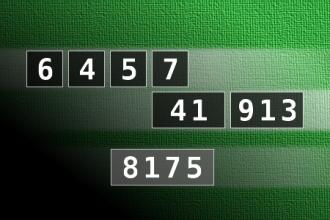Calculate the number 8175
NUMBERMANIA: Calculate the number 8175 using numbers [6, 4, 5, 7, 41, 913] and basic arithmetic operations (+, -, *, /). Each of the numbers can be used only once.
Smart Cat
A man absolutely hated his wife's cat and decided to get rid of him one day by driving him 20 blocks from his home and leaving him at the park.
As he was getting home, the cat was walking up the driveway.
The next day he decided to drive the cat 40 blocks away. He put the beast out and headed home.
Driving back up his driveway, there was the cat!
He kept taking the cat further and further and the cat would always beat him home. At last he decided to drive a few miles away, turn right, then left, past the bridge, then right again and another right until he reached what he thought was a safe distance from his home and left the cat there.
Hours later the man calls home to his wife: "Jen, is the cat there?"
"Yes", the wife answers, "why do you ask?"
Frustrated, the man answered, "Put that son of a bitch on the phone, I'm lost and need directions!"

